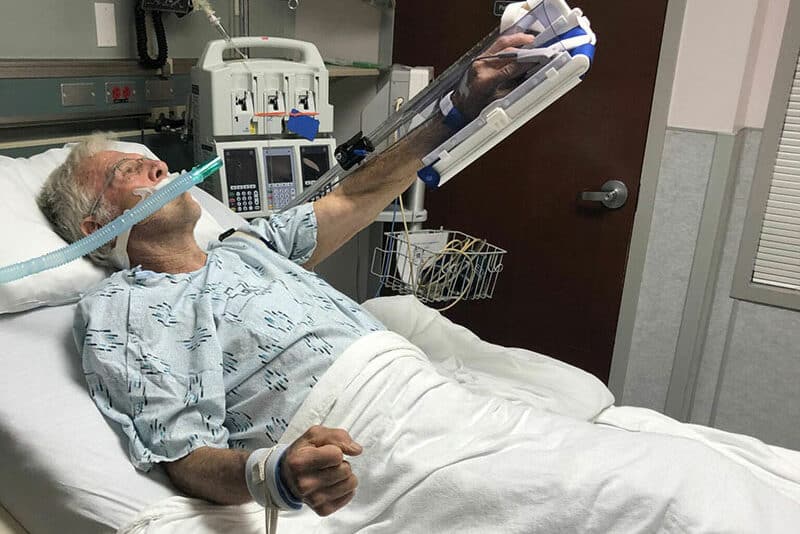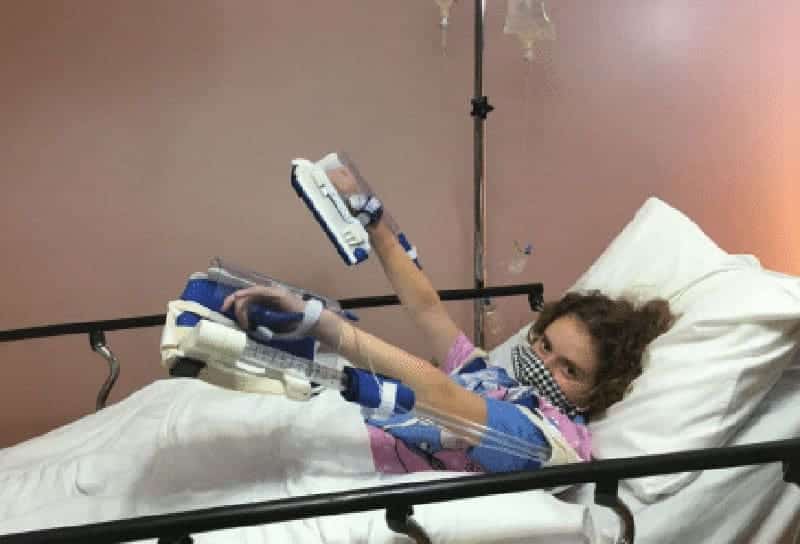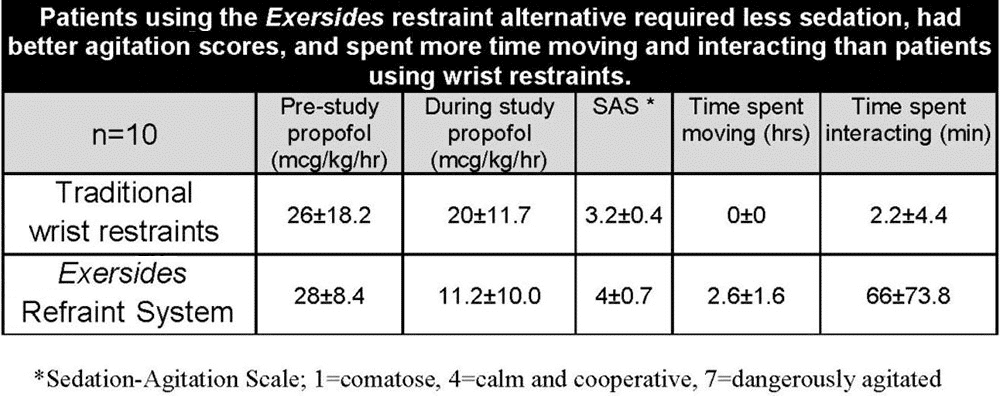A Better restraint and the ONLY Refraint!
As a restraint
- No head-to-hand for tube dislodgement
- Risk of pressure injury reduced with auto-loosening strap
- Wrist, shoulder & elbow mobility can reduce risk of neurovascular injury
- Bedside staff can restrain for safety when needed
As a Refraint
- Designed to reduce entanglement in IVs, catheters & cords
- Movement reduces risk of immobility pressure injury
- Shoulder movement can reduce risk of brachial plexus injury
- Bedside staff can untie Refraint for safe movement with appropriate patients
COVID Impact
COVID Hardship
- Donning PPE reduces time with patients which increases risk of delirium and safety events
- Less time at the bedside can result in pressure & neurovascular complications of wrist restraints
- Patient workload is increased
- Wrist restraints require extra sedation causing worse patient outcomes with RN burnout
- If awake, patients can lean forward to the tied hand and get caught in breathing tube
- Untied mitts and elbow sleeves allow self-extubation and encourage chemical restraint!
- High risk re-intubations and worse outcomes
- Less family visitation for patients
- Little time for ongoing education
Exersides Refraint Solution
- Nurse can set Refraint and sedation for safety and delirium protection
- Refraint can be tied to bed when needed but allow wrist, elbow and shoulder joint movement as well as auto-loosening of wrist strap
- Refraint does not require restraint documentation & improves workflow
- Less sedation with Refraint maintains safety so staff can feel safe tending to other patients
- If awake, Refraint keeps hands from entangling in tube and lines
- Better feeling of control and freedom for patients
- Remote Mobility Coach education platform delivered to you and your organization
Refraint vs. Restraint
The patented function and design of Exersides allows staff to easily access, visualize and protect IVs, and A-lines, and check vitals, glucose, capillary refill and pulse oximetry without constricting wrist circulation or causing fear and anxiety.
Exersides can quickly and easily revert to a restraint and has an intermediate exercise setting to always conform to ‘least restraint necessary’ while keeping patients and staff safe.
Exersides does not interfere with ETT, feeding tubes, PICCs, blood pressure cuffs or patient turning. It even LOOSENS with edema to protect circulation and localized hand swelling.
Exersides does not require constant supervision and encourages secretion clearance and gut motility through thoracic movement. The included hand device encourages dexterity, strength and comfort.
With Exersides, patients can move, write, and hold hands. Families enjoy much needed interaction and feel more empowered by participating in patient recovery through in-bed mobility involvement.
Most of all, by fostering effective and humane care, Exersides can help minimize agitation, sedation, immobility and delirium all while saving money and improving satisfaction scores. A great QI project!
Watch Exersides in Action


Get the White Paper to learn more about mobilization, sedation, delirium, PICS and the impact of patient restraints.
Got Data?
Exersides Refraint is safe! Click here for clinical trial data.
Restraint is a proven link to delirium, worsened dementia and post-intensive care syndrome (PICS)! Click here to see studies.
Pilot Study
In 2017, a pilot study was conducted with critical care patients, comparing Exersides with traditional wrist restraints.
The results showed that patients who wore Exersides used less propofol, had better agitation scores and both moved and interacted more. Questionnaires revealed better patient, family and staff satisfaction when compared to traditional restraints. Subsequently a NIH trial was successfully completed demonstrating safety and feasibility.

How the Exersides Refraint System Works
Exersides in Action
Get a recorded demo of Exersides so you can see exactly how it works. We are happy to set up a time that is convenient to you so we can answer all your questions.
Nurses Carol and Pam try Exersides at NTI – Boston 2018
Exersides has two bed tie options plus a no-tie option. This makes it easy to adjust the level of Refraint and restraint to meet patient needs throughout the course of their hospitalization.
The restraint bed strap is most often used during intubation. It is the most restrictive configuration and can be adjusted depending on the extent of arm movement that is safe for a patient at any given time. It can also be used for procedures to keep the arm in proper position.
The exercise (resistance) bed strap allows slower arm movement. This level is used for in-bed resistance exercise for patients who are not aggressive but may be unpredictable.
The no-strap option can also be used for exercise purposes and allows maximum freedom with continued safety. Hands cannot become tangled in or bump into tubes and lines. It should be the goal with each patient.
With all levels, use sedation wisely to maintain a balance of cognition, mobility, safety, comfort and dignity.
Visitors Portal
Get FREE access to documents, videos, and more.
"*" indicates required fields

